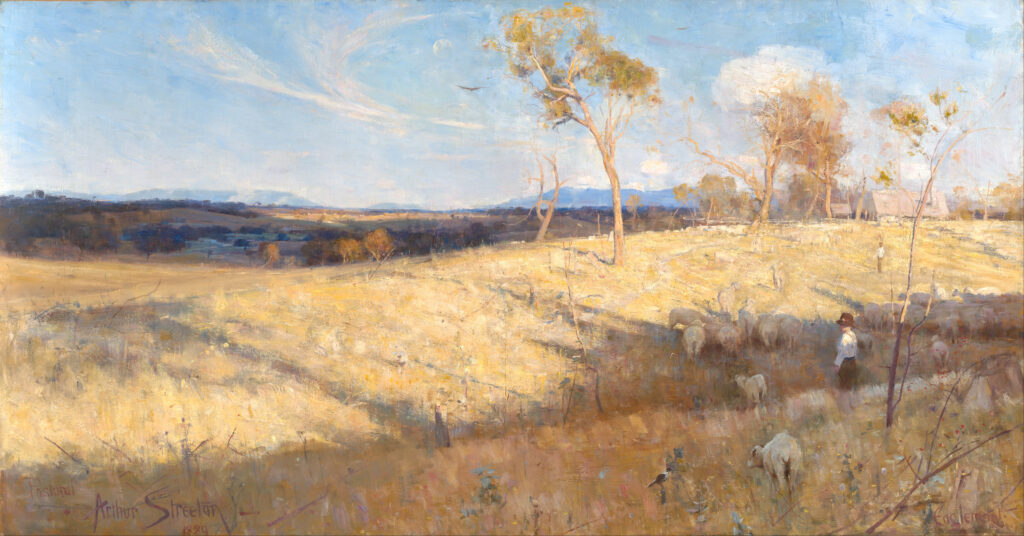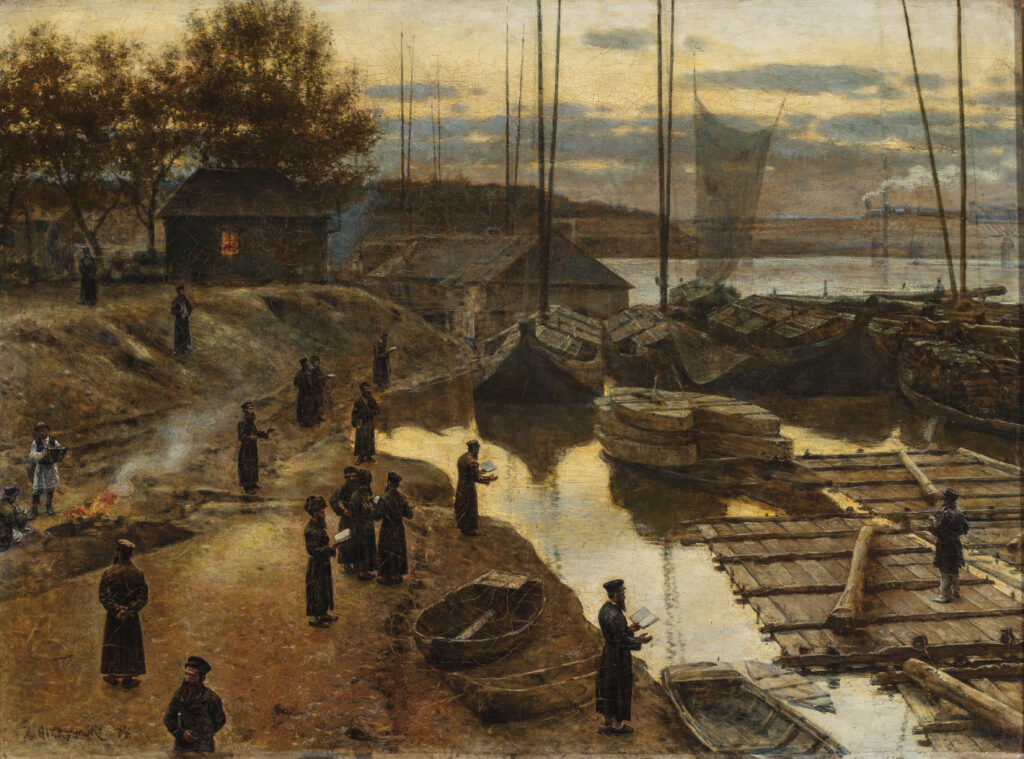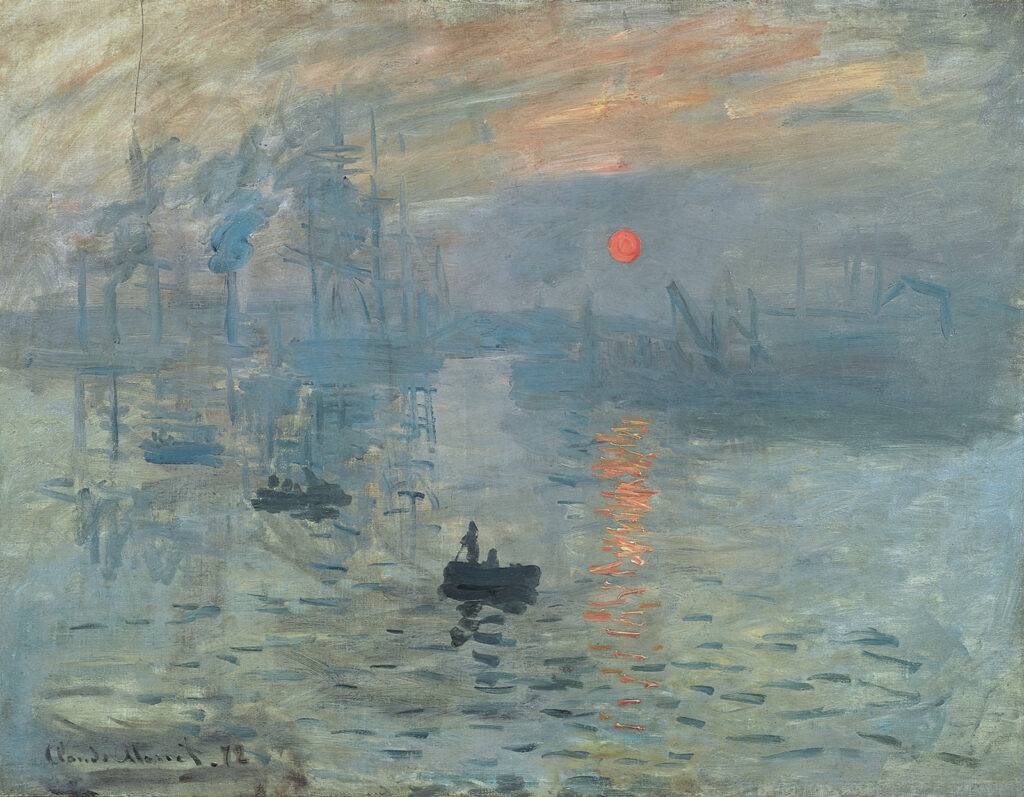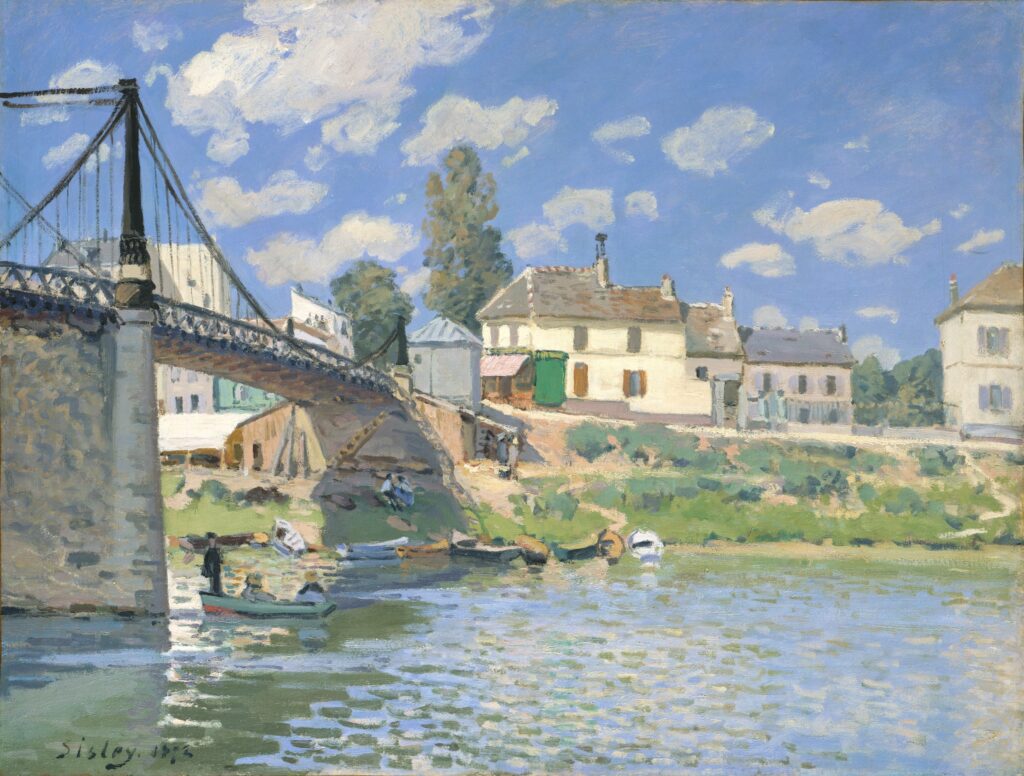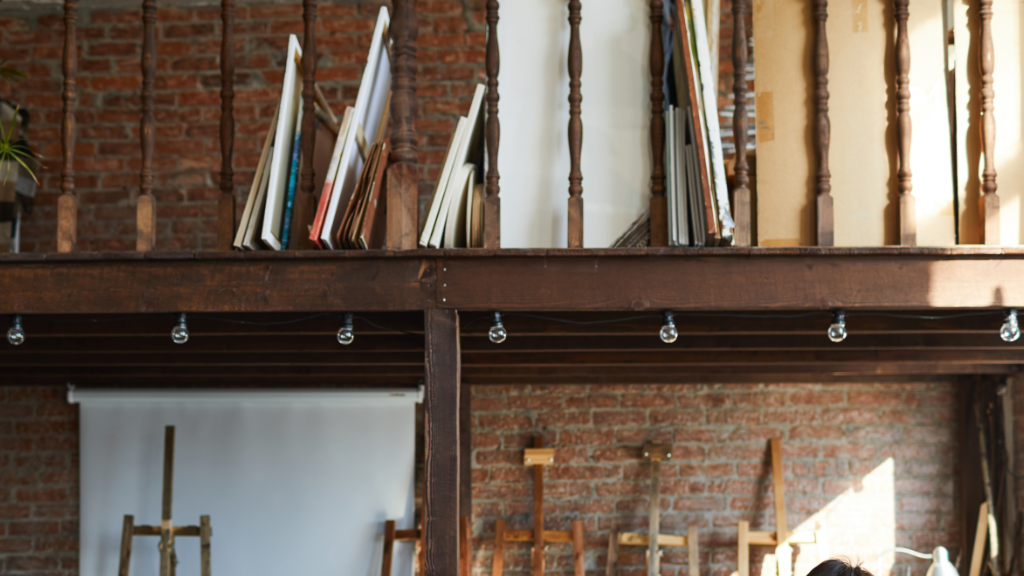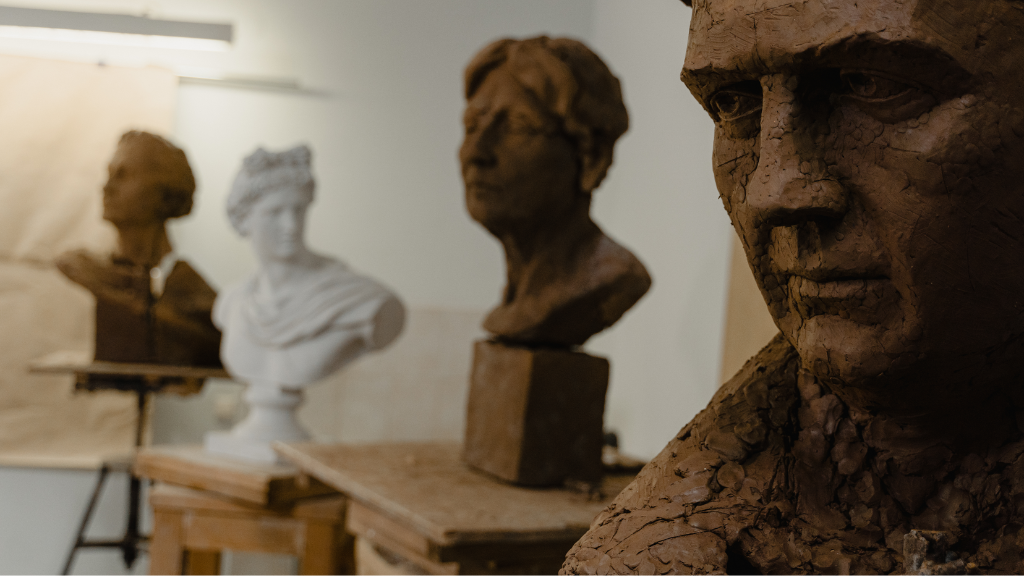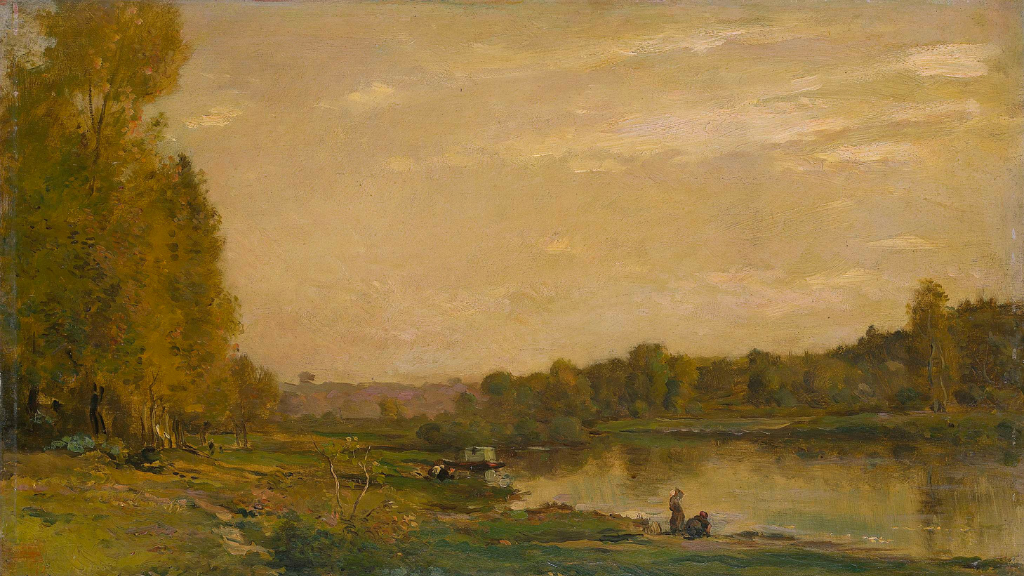
As intriguing as becoming a landscape painter can be, this medium can also feel quite intimidating for the aspiring artist. The aim of this post is to provide guidance and support to anyone who would like to learn landscape painting, but who is still developing a fundamental understanding of the style. We’ll talk about different kinds of landscape paintings, finding inspiration for your art, choosing the style you’d like to pursue, and different resources to get you started. You can check out this post on basic art supplies if you are unsure about the tools you will need. Let’s start by asking: Why learn landscape painting?
Why Learn Landscape Painting?
Landscape painting allows artists to capture an image of the world from their own perspective, but this is not the only reason to learn this style. First, there are so many different ways to capture your perspective and express yourself. Landscape painters create in endlessly different styles: realistic landscapes, abstract scenes, even completely fictional scenarios. These different styles provide unique opportunities to paint and present the world in one’s own way.
Landscapes can also be extremely meditative for both the viewer and for the painter. Getting lost in the image of a vast landscape can be just as hypnotic for a viewer as for a painter. So, for the painter too, the process of creating landscapes is often meditative, thoughtful, and playful. Landscape painting, lastly, is a highly rewarding skill to pick up. By learning to paint, one develops discipline, increases the imaginative capacity, and maintains a creative practice that can provide cognitive and emotional benefits.
If you are interested in learning to paint landscapes, it may be because you already have scenes in mind; maybe your surroundings inspire your or you have some great landscape painters that you admire and would like to emulate. Maybe you’d like to create fictional respites from the world by painting landscapes full of wonder and fantasy. Learning landscape painting can give you a chance to express the world in a way unique to you, or in the way you wish to see it, providing an escape, a comfort, or a moment of play.
Landscape Painting for Beginners
Types of landscape painting
There are a range of styles to paint landscapes in, and some of the most common are: impressionist landscapes which capture the atmosphere and the effects of light on a scene; representational landscapes which usually capture a highly accurate image of the landscape (as seen in tonalism or realist landscape paintings); and abstract landscapes which focus less on accuracy and more on novel ways to depict a scene, often through fantasy or techniques like cubism, for example. The images below provide examples of these three styles, but are in no way the only styles to choose from. Remember, there are plenty of other styles to explore, so make time to do research and collect images that you admire and hope to learn from.
Finding Inspiration
Finding inspiration is an exciting aspect of learning to paint; you get to look through beautiful images of inspiring artworks and imagine yourself being capable of that kind of skill. Inspiration can come from your environment, photographs, places you’ve never been before, or the work of other artists. In a way, finding inspiration is all about collecting different things that stimulate your desire to paint. It could be art itself, of course, but it could also be a person, trinkets like seashells or dried flowers, or music. As an artists, finding inspiration is akin to play, its all about exploring, finding things that you are drawn to, and uncovering what elements of life drive you to paint.
Choosing Your Style
Choosing your style, on the other hand, can prove difficult—there are so many styles to choose from. And really, developing “style” can be viewed as a lifelong process, as most artists will go on to change their techniques and preferences throughout their lifetime, even if subtly. To start, you will likely find a few different styles that you love and wish to pursue. You could, for example, desire to paint both representational landscapes and abstract landscapes.
Being pulled in many directions like this, in my opinion, is common, and it will take some time and practice to really hone in on the type of style that suits you best. This is not to say that you must choose one style, simply that it may be good to focus on one style and really work to master it. Use the things that inspire you to examine the colors that you like most, observe the paintings that feel a kin to your perspective of the world, and meditate on which style or styles resonate with you best. As time goes on, you will refine your taste and gravitate towards a painting style that is unique to you and your many interests.
Resources & Getting Started
If you’re feeling ready to start painting, and you already have the supplies you’ll need, then your next step is to find the educational resources that will suit you best. This may require experimentation at first, but a good rule of thumb is to use a few free resources before paying for anything (unless you have a tool or class already in mind!). To begin, YouTube is the first place I always recommend because there are so many tutorials to choose from; tutorials on the fundamentals and for the styles you’d like to learn will likely exist on the platform. Spend some time working through beginner level tutorials, get a feel for the paints and brushes, and then just keep on practicing.
If you’ve already spent some time on YouTube or using other free resources, and feel you need more structure or support from a teacher, you can sign up for classes at a range of places. I would recommend seeing if there are any local art centers near you, because these centers often provide structured arts courses on really specific topics (like learning to paint flowers, figure drawing in charcoal, making ceramic pumpkins etc.). These centers can help you work on really granular aspects of the painting process and improve not only your fundamentals, but on the more advanced aspects of painting in a community environment. You can also look to local community colleges, community centers, and online courses that are beginner friendly or adjacent to the style you intend to develop.
Conclusion
To use your resources effectively, think about them like parts of a course curriculum. Set goals for yourself, organize your tools, and create a schedule to work through different topics of study at your own steady pace. If you need help creating a curriculum, check out this post for inspiration or to follow the curriculum provided there.
Painting the natural world can be a rewarding method of expression and opens up many avenues to understanding yourself, the human experience, and the natural world. I hope this post helped to fuel your desire to paint landscapes, and provided useful resources for your painting journey. Be sure to check out our others posts on painting here or explore our site for different kinds of inspiration. See you next time.
